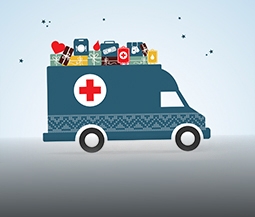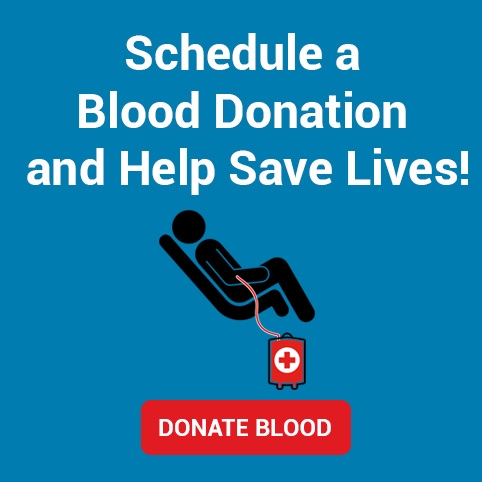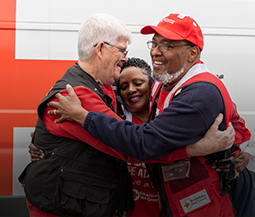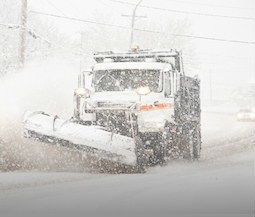Washington, D.C. — Data gathered by the American Red Cross and Centers for Disease Control and Prevention (CDC) in 2020 shows previous success and gains around water competency swim skills for young adults may have been disrupted due to complications stemming from the pandemic.
In a Red Cross survey fielded in February 2020, results of which have been previously unreleased, a large majority of Americans (85 percent) reported knowing how to swim, an increase from 80 percent in 2014. There was a further increase – nearly across the board in key demographic areas – in Americans’ ability to perform necessary water competency swim skills.
However, a special report published by (CDC), which examines drowning rates for the calendar year 2020, shows that drowning death rates among people ages 29 years and younger increased almost 17 percent year over year.
“The pandemic produced an event that impacted everyone at once – halting most programs in a way we have never had to navigate,” states William Ramos, Ph.D., Associate Professor for Indiana State University’s School of Public Health and chair of the Aquatics Subcouncil of the Red Cross Scientific Advisory Council. “Now the challenge is to right the pandemic curve to improve access to drowning prevention programs and allow aquatic facilities to fully execute water safety strategies within their communities.”
Ramos also notes that the disruption in normal pool operations and aquatic service delivery has also amplified a shortage of aquatic managers, certified lifeguards and swim instructors.
Addressing this shortage in a statement, the Scientific Advisory Council asserts that the normal flow of aquatic staff development was stopped “cold in its track” and speaks to what it will take to ensure a consistent flow of individuals ready to meet the demand for these careers.
The Scientific Advisory Council’s statement recommends a multi-pronged strategy based on past successes for ensuring safe operation of facilities and solutions for those delivering aquatic services:
- Aquatic managers must keep safety top of mind when opening facilities and working with available staff. One way to achieve this is through flexibility with available swimming space. Above all, managers must strive to keep staff fresh and effective – and avoid single-guard situations.
- Facilities should consider new approaches for lifeguard recruitment, including tapping into non-traditional sources such as retirees and masters swimmers. The Scientific Advisory Council also recommends de-mystifying the swimming requirements around lifeguard certification and educating young people on the distinct transferable skills associated with lifeguarding.
- Finally, the statement addresses the critical role Red Cross Water Safety Instructors™ play in not only teaching individuals how to swim but also fostering a desire to become a larger part of the water safety community in positions such as instructors, instructor aides and non-traditional lifeguards.







